Power transmission elements known as bevel gears are used to alter the direction of a rotating shaft’s motion and to reduce speed and enhance force amongst non-parallel rotating shafts. They are applied to shafts with overlapping axes: they are also applied, in certain circumstances, to shafts with non-intersecting axes. Shafts are frequently perpendicular, but not always. In essence, the tooth shape of bevel gear, straight or curved, can be used to classify them. Imagine a truncated cone as a bevel gear. Read More…
Omni G & M Corporation is a leading gear fabricator specializing in precision machined and custom solutions in a variety of sizes and types. Please check out Omni G & M’s website or call a friendly personnel member today!

Gear Motions is a leading gear manufacturer specializing in supplying custom cut and ground gears. Our wide range of precision gear manufacturing capabilities and services deliver quality gears to meet almost any application.
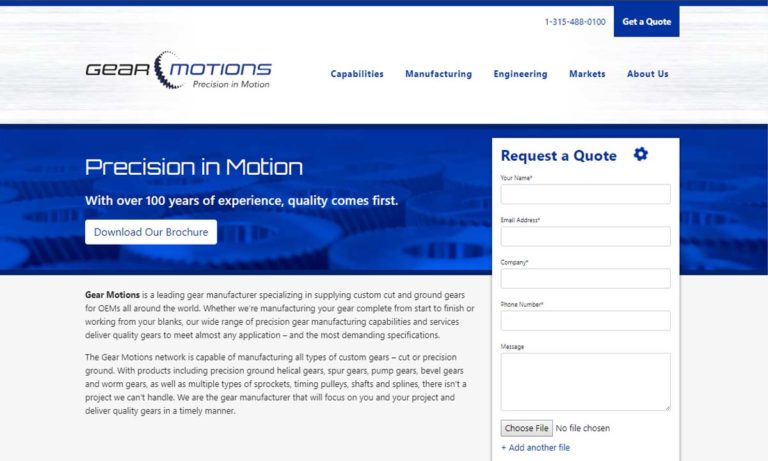
Manufacturing industrial and commercial gears is what Houston Gear USA does. We produce gears from 1 3/4 DP – 200 DP in a choice of materials. Choose from spur gears, custom gears, helical gears, double helicals, splines, straight bevel gears, worm gears, sprockets, and herringbone gears.

At Ascent Precision Gear Corporation, we focus on manufacturing high-precision gears that support smooth, reliable power transmission in demanding mechanical systems. We engineer our gears to meet exacting tolerances for strength, accuracy, and durability, using carefully controlled processes that ensure consistent performance under load.
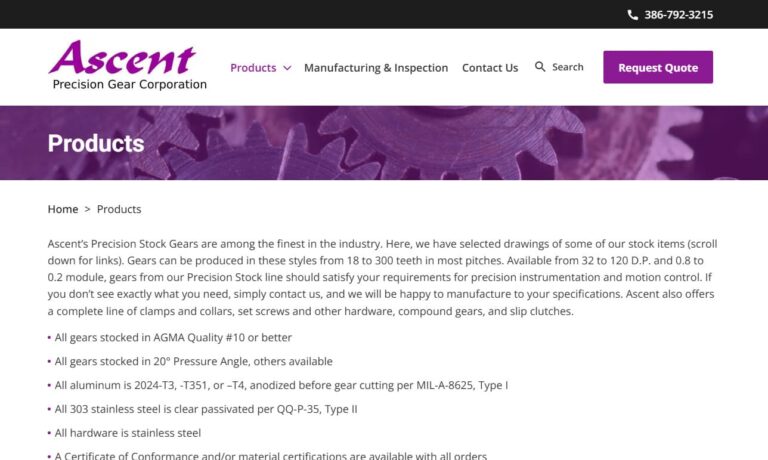
At Moore Gear & Manufacturing Co., Inc., we focus on producing precision gears that support reliable power transmission and smooth mechanical performance across demanding industrial applications. We manufacture our gears with close attention to material quality, machining accuracy, and tooth geometry to ensure strength, consistency, and long-term durability.
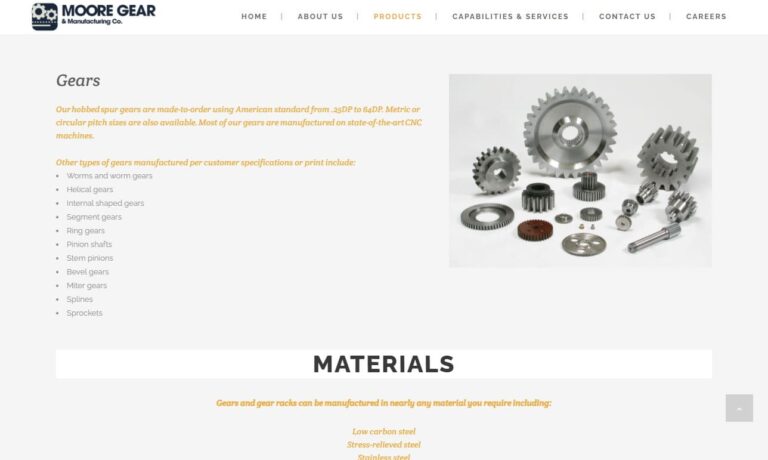
At Brewer Machine & Gear Co., we specialize in manufacturing precision gears that deliver dependable performance for industrial power transmission and motion control applications. We engineer our gears with careful attention to material selection, tooth geometry, and machining accuracy, ensuring reliable operation under demanding loads and operating conditions.
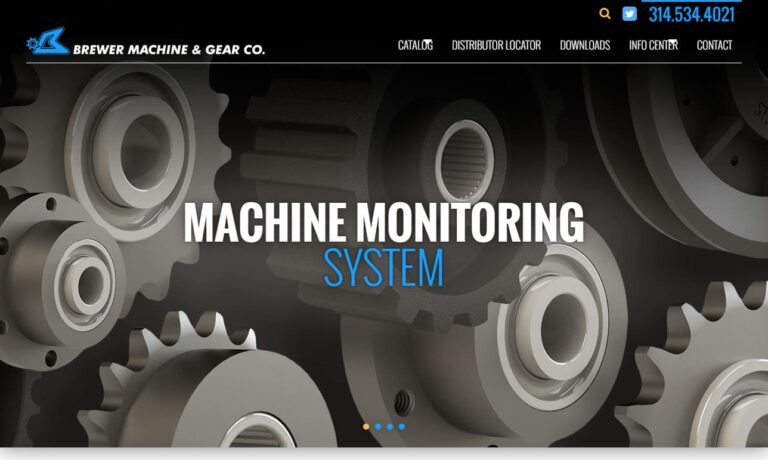
More Bevel Gear Manufacturers
The gear's milling teeth engage with other gears that contain their rows of teeth on the gear's lateral side. The gear that transmits shaft power is referred to as the driver gear, and the gear that receives power is referred to as the driven gear. The driven and driver gears often have a different number of teeth to create a mechanical advantage. The gear ratio is the ratio of the driven gears to the driver's number of teeth. In contrast, mechanical advantage is defined as the ratio of the driven gear to input torques.
Types of Bevel Gears
Straight Teeth Bevel Gears
A spur gear's tooth form is virtually that of a linear tooth bevel gear, but one whose shape transitions to the point of a hypothetical cone. Bevel gears cannot be interchanged like spur gears because mated gears require both cones to come together simultaneously. The pitch cones are these hypothetical cones. The rear cone is another theoretical cone, the greatest portion of the gear tooth where the dimension and form are set.
It defines the outer edge of the gear tooth. Tooth faces typically have a small crown, similar to spur gears. Gears with a 1:1 ratio may be used to reverse direction. Miter gears are the name for these unique bevel gear applications. These gears can be employed as replaceable pairs since they have the same number of teeth on each gear.
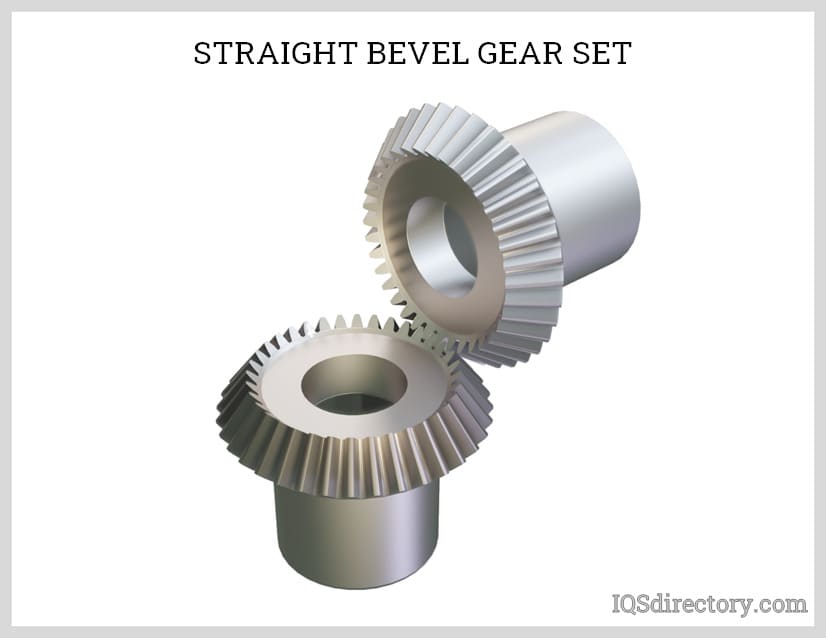
Spiral Bevel Gears
The most intricate type of bevel gear is the spiral bevel gear. Spiral bevel gears have curved and oblique teeth, as opposed to the straight bevel gears' straight teeth. As a result, more tooth overlap is produced which encourages progressive involvement and dissociation upon tooth contact. The reduced noise and vibration produced during operation results from the improved smoothness. Additionally, spiral bevel gears offer greater load capabilities due to the larger load sharing provided by more teeth in contact. Due to this, they can be more compact than straight bevel gears of equivalent capacity.
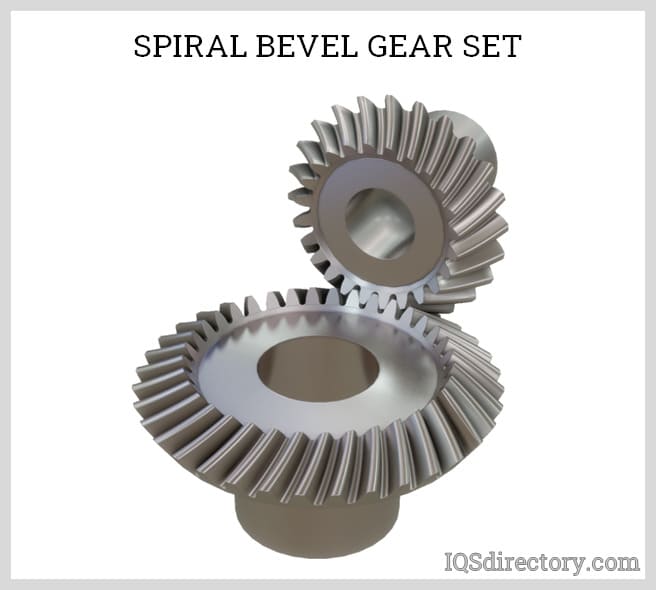
Bevel Gear Manufacturing Process
Gears are produced using four primary techniques. These include the powder metallurgy process, casting, forming, and metal cutting. The most common method is metal cutting, which is employed because it is dimensionally accurate. Two others—casting and forming—are utilized in unique situations.
For instance, casting can be used to make huge gears, which saves money on machining because casting takes place closer to the finished shape. Plastic gears are produced via injection molding, another type of casting. On the other hand, forging or cold drawing are both examples of shaping. A stock is drawn or inserted into a sequence of dies during cold drawing to create the gear's shape. The stock is pressed against the dies containing the proper tooth configuration during forging.

Bevel Gear Applications
- Bevel gears have many uses, including in maritime thrusters, construction machinery, locomotives, and drivetrains for helicopters and cars. They are also used in numerous industrial applications, including wind-tower gearing, assembly-line transmissions, and escalator drives. A right-angled bevel gear is used in even the most basic hand drill. Two straight-teeth bevel gears, two pinions, a hypoid pinion, and a ring gear are all common components of a rear-wheel drive differential. In minor movement applications where the speed of two output shafts should always be at the constant ratio to the speed of the input shaft, non-hypoid differentials are occasionally used.
- A typical rear-wheel drive will include two ring gears, two hypoid pinions, two straight tooth bevel gears, and two pinions. In smaller motion-control applications, non-hypoid differentials are occasionally used because the mean speed of two output shafts must be the same as the speed of an input shaft. In less conventional applications needing right-angle motion, spiral gears are increasingly utilized. Many motion-control systems employ smaller units where precise backlash control is crucial. Since the output and input shafts are both in the same plane, as opposed to cross-axis bevel gears, where the two shafts must necessarily be in different planes, they can be more simply assembled.
- The part on an automobile where bevel gears are most frequently used is called the differential part (the part that allows the wheels to rotate at different speeds). As a result, the car can make turns while still having good handling and traction. The hypoid gear arrangement, consisting of a ring gear and a pinion, is attached to the driveshaft. The ring gear is attached to the frame with other bevel gears in a spherical gear train.
Choosing the Correct Bevel Gear Manufacturer
To ensure you have the most productive outcome when purchasing bevel gears from a bevel gear manufacturer, it is important to compare several companies using our directory of bevel gear manufacturers. Each bevel gear manufacturer has a business profile page highlighting their areas of experience and capabilities, along with a contact form to directly communicate with the manufacturer for more information or request a quote. Review each bevel gear company website using our patented website previewer to quickly learn what each business specializes in. Then, use our simple RFQ form to directly contact multiple bevel gear companies with the same form.




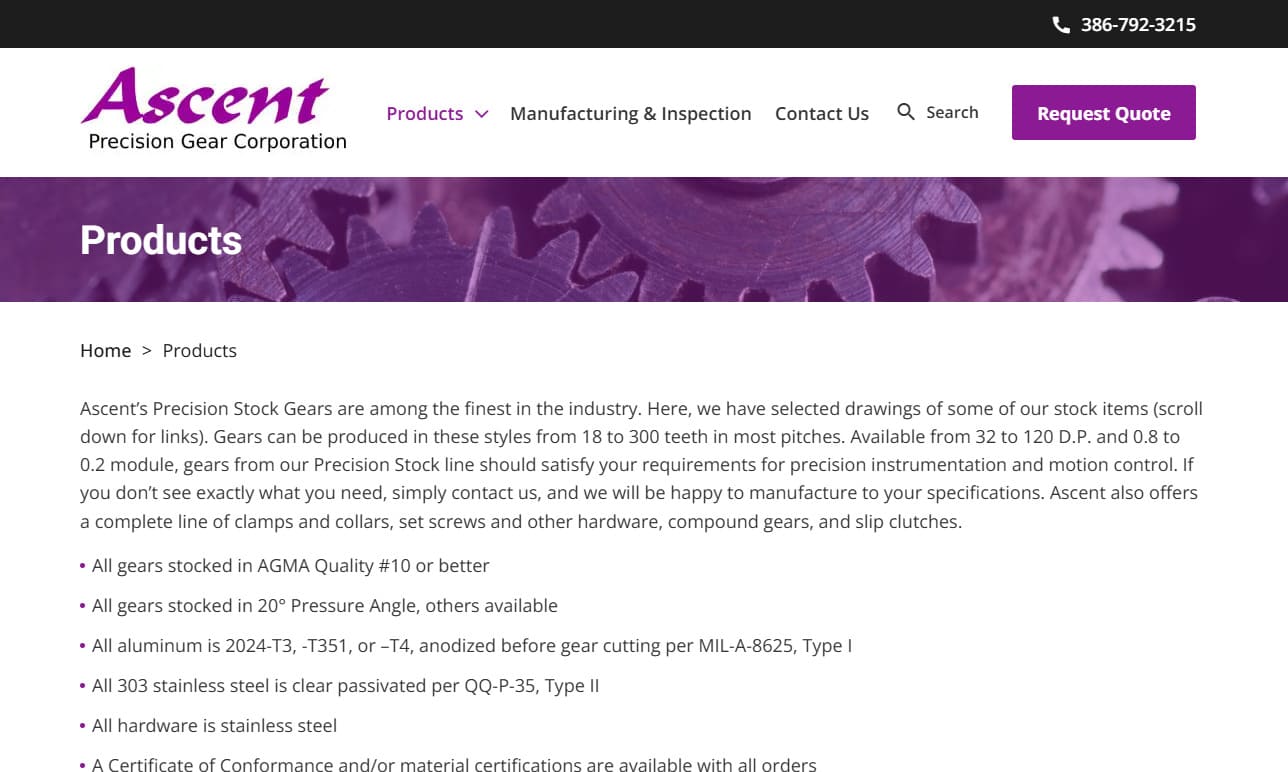
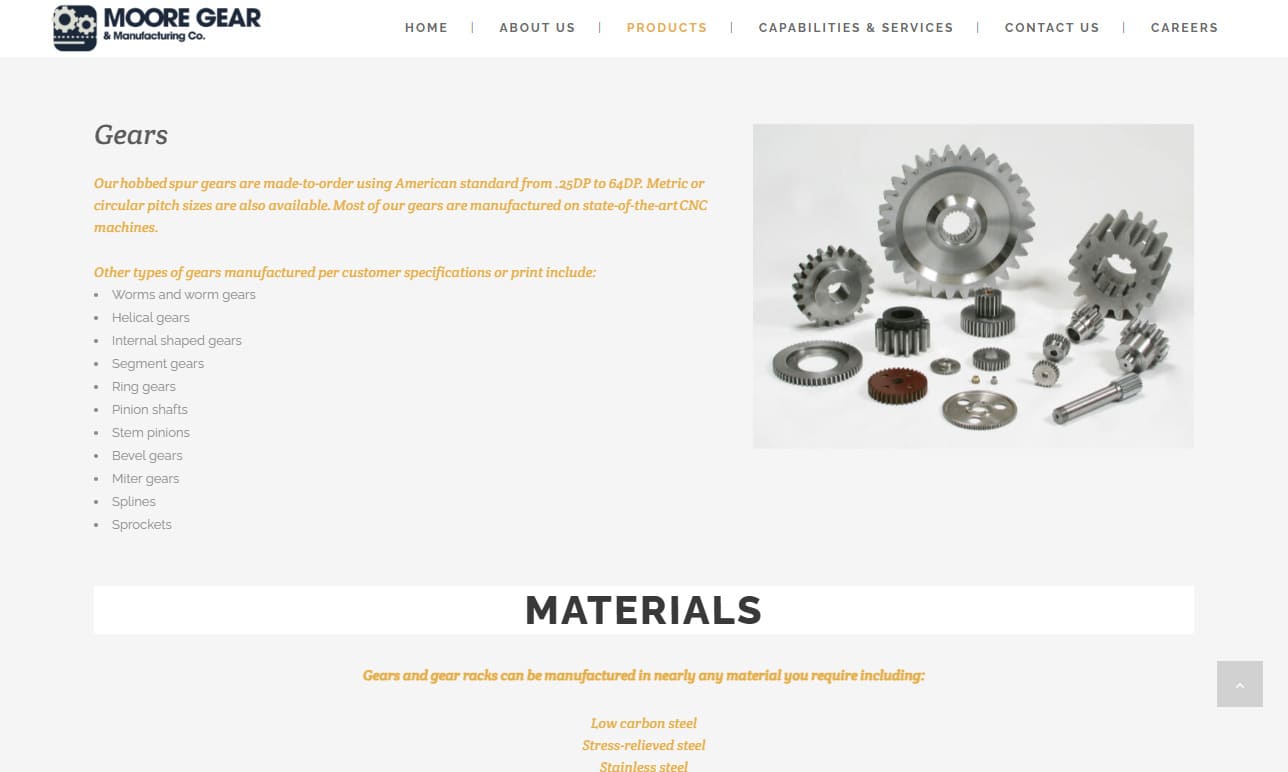
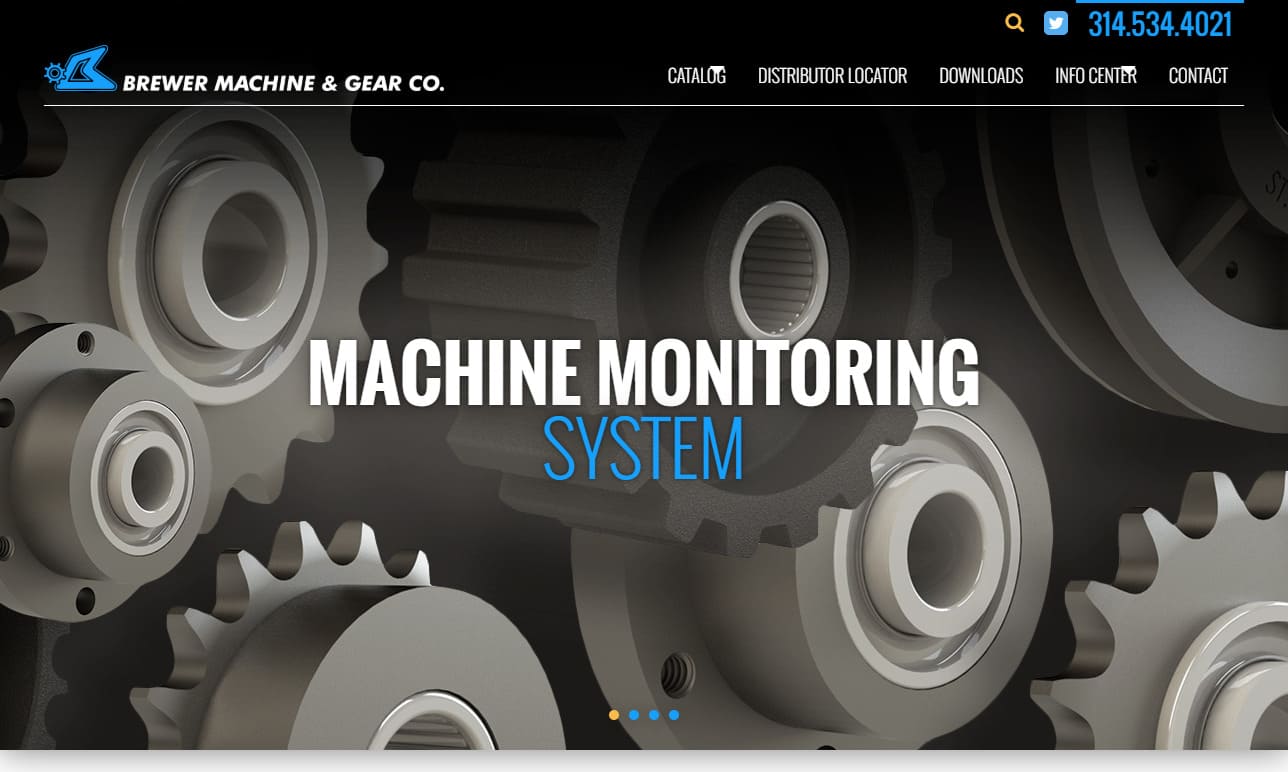
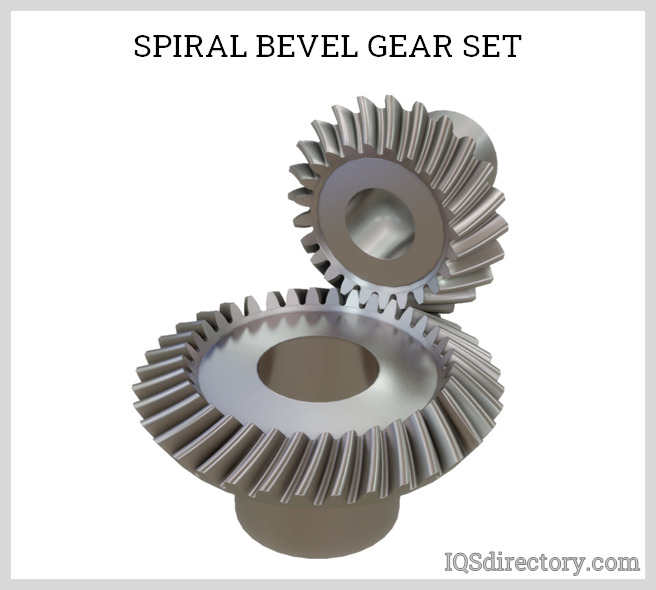
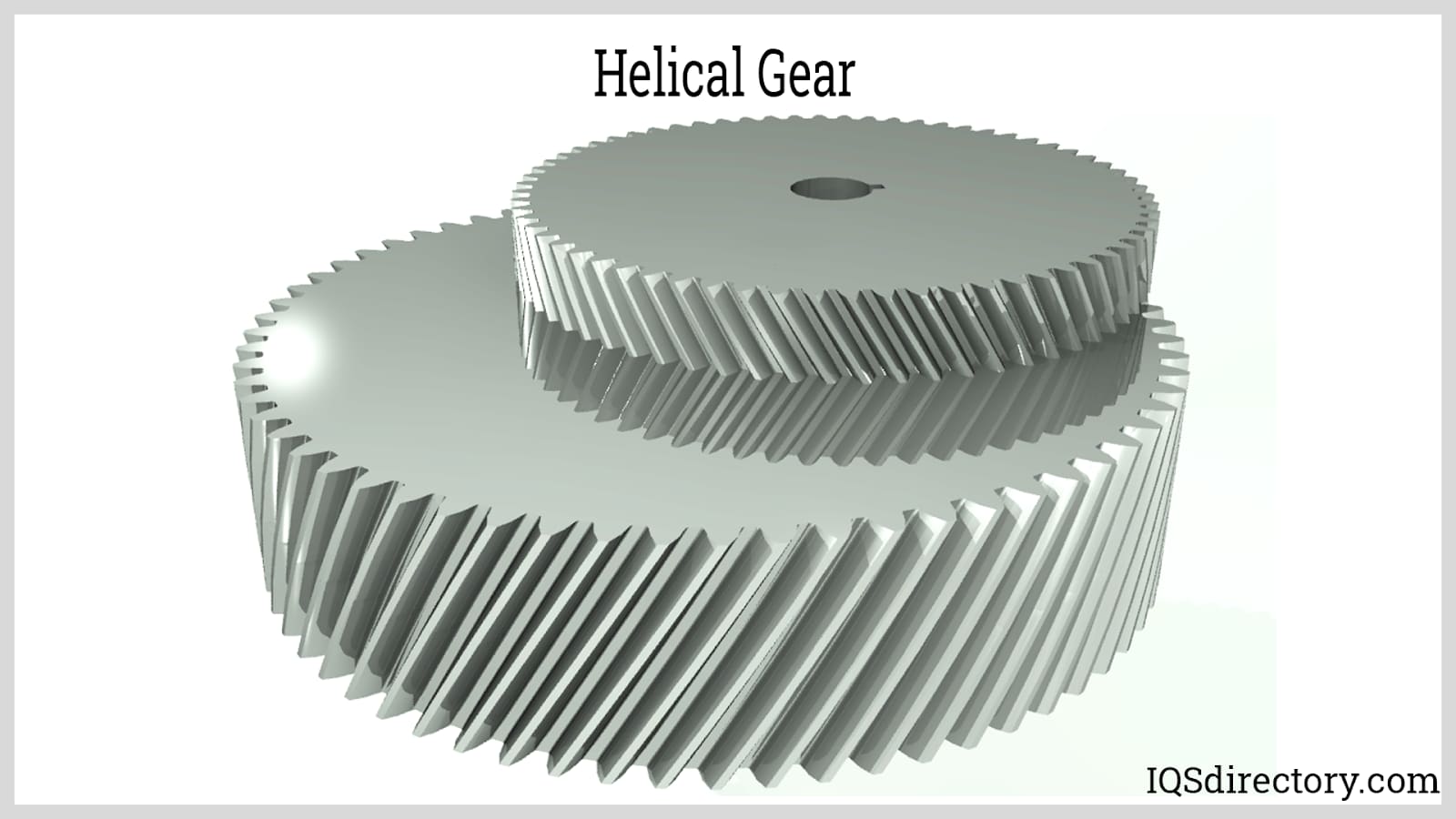
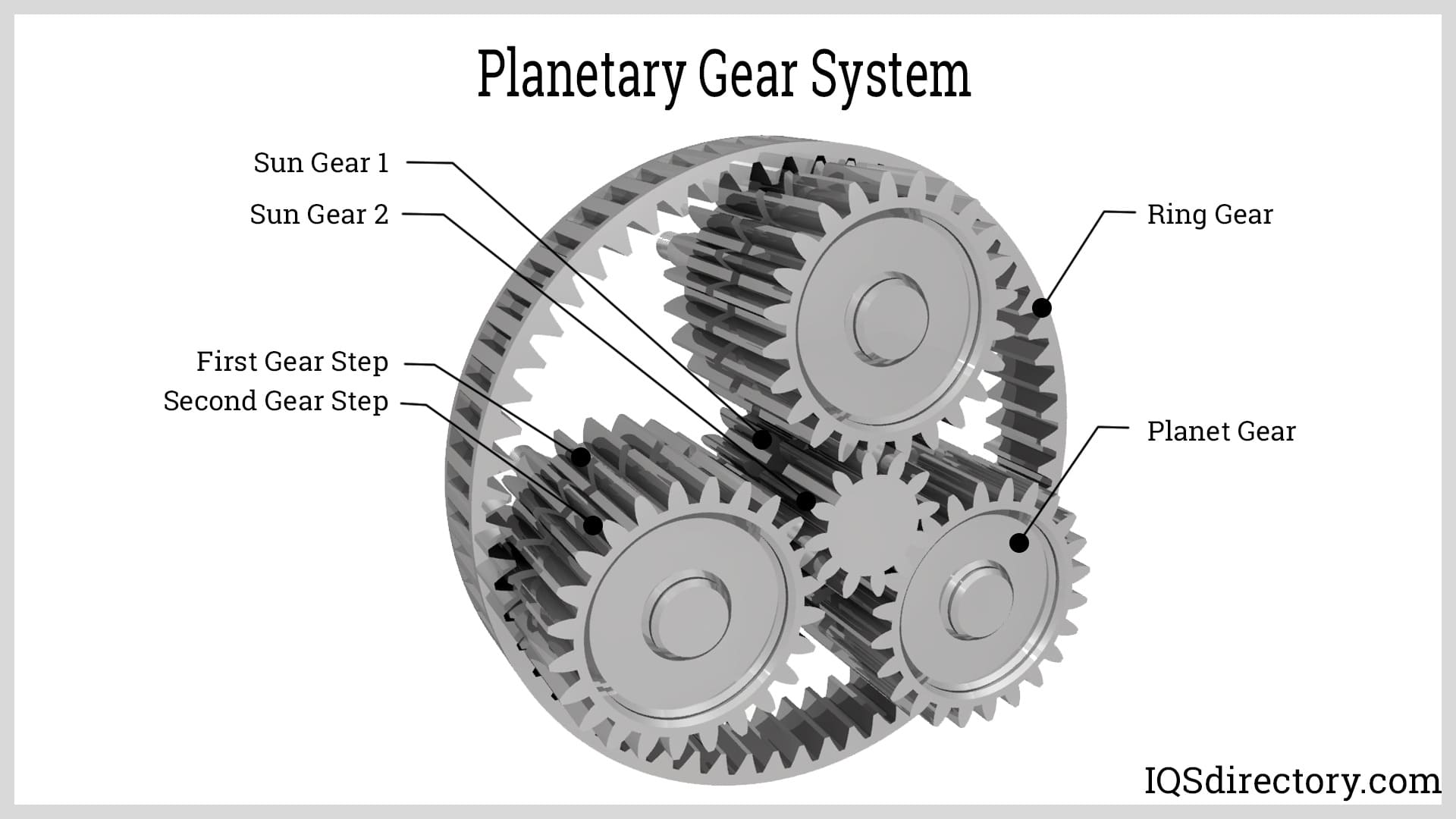
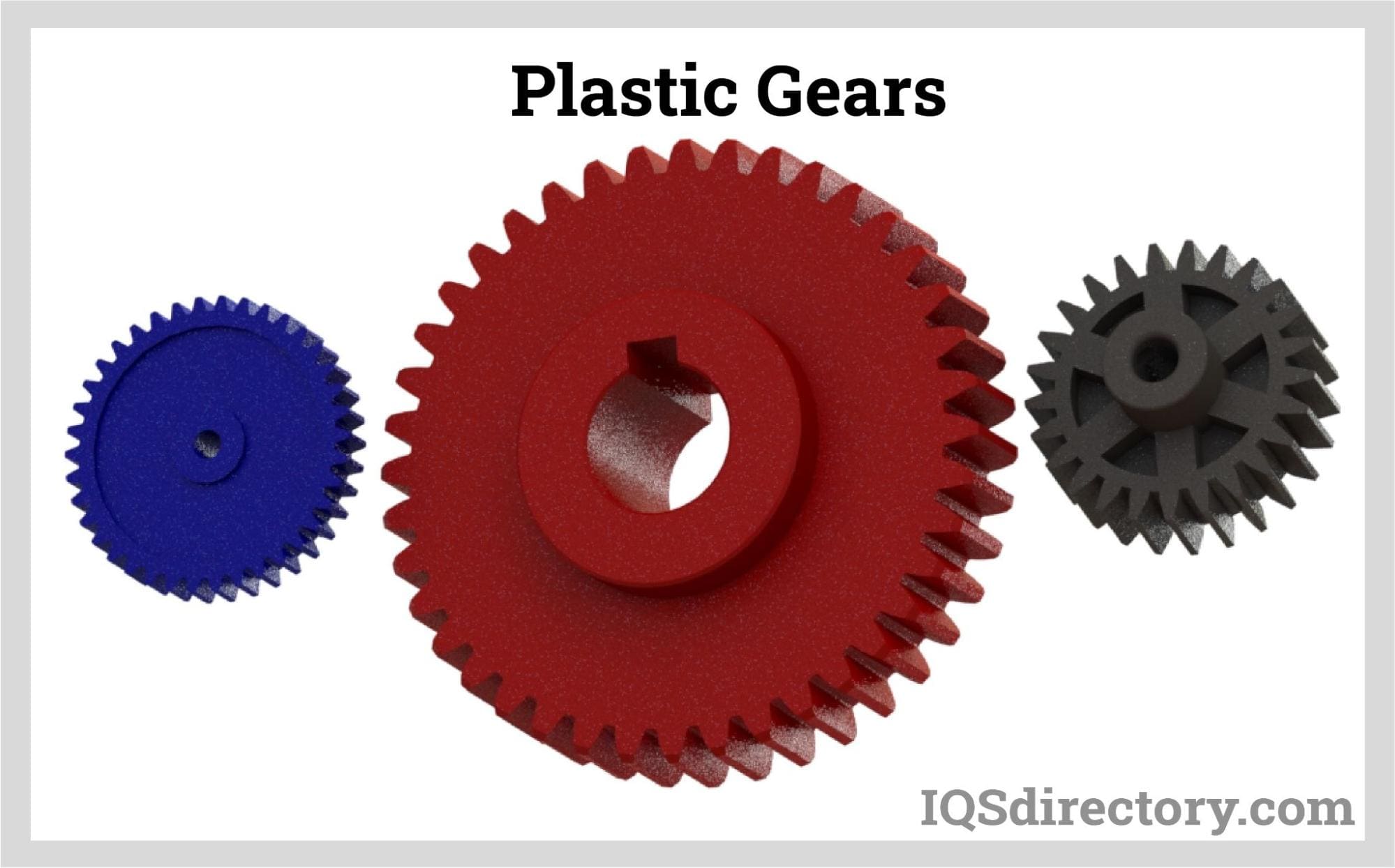
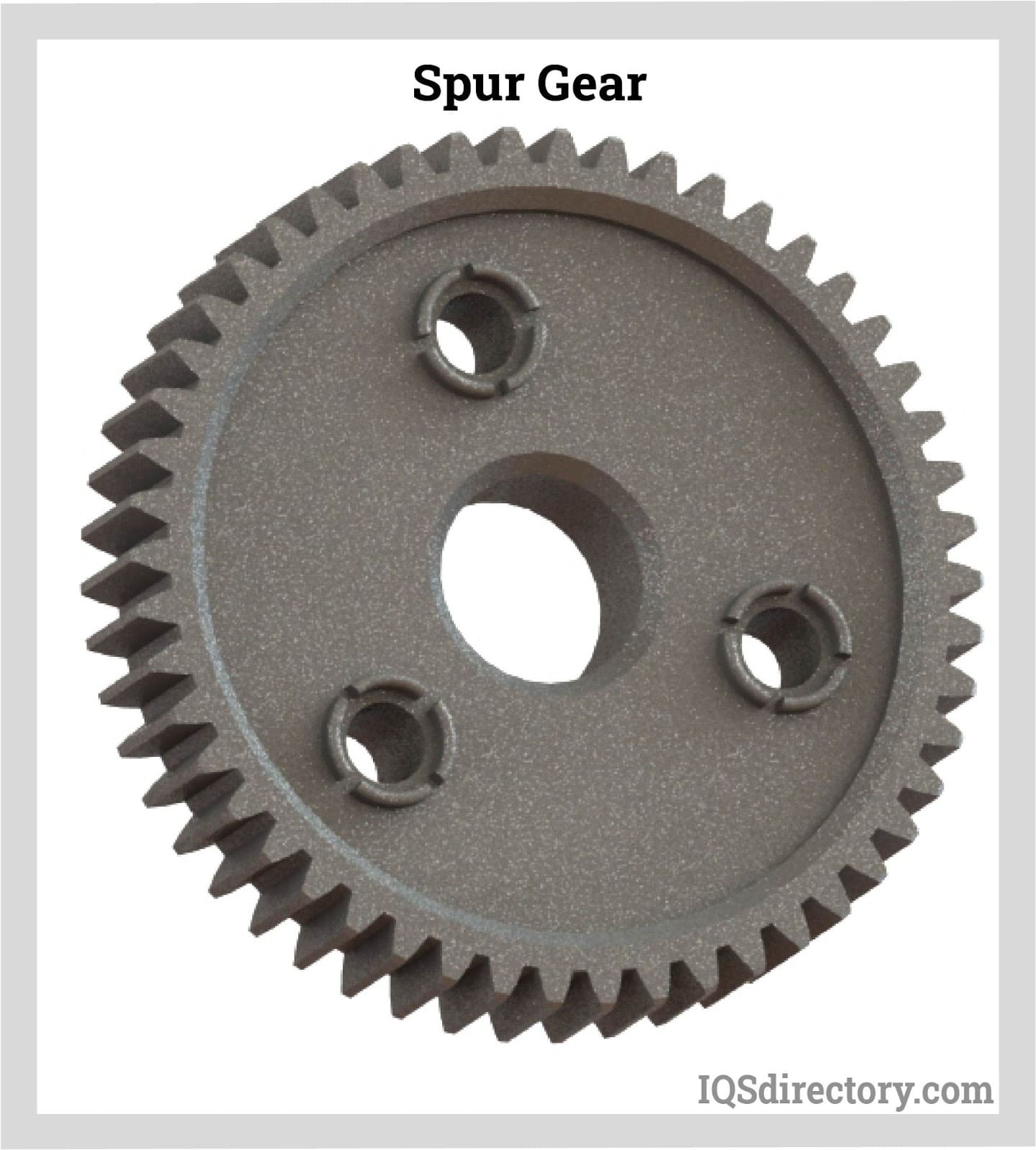
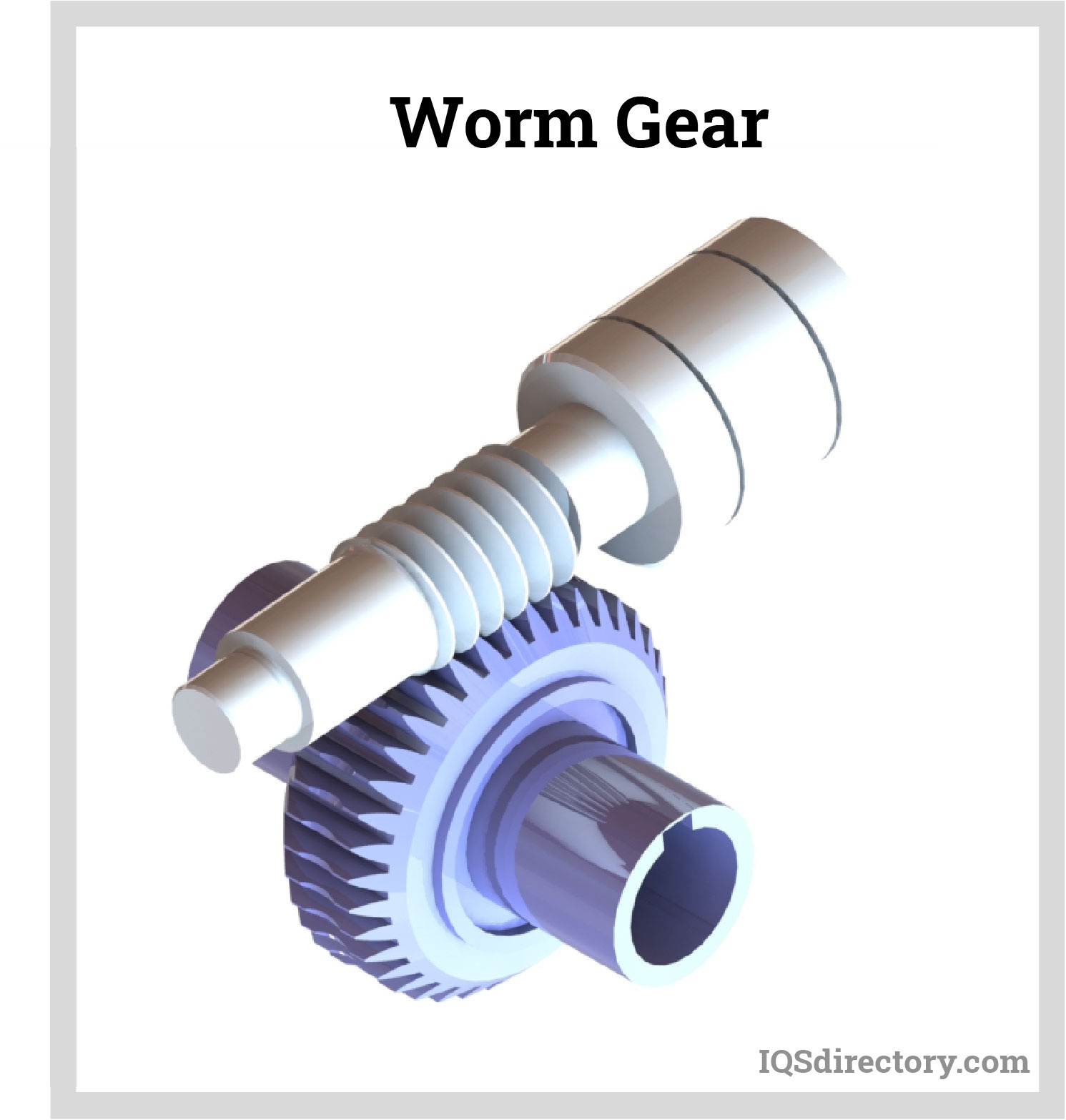

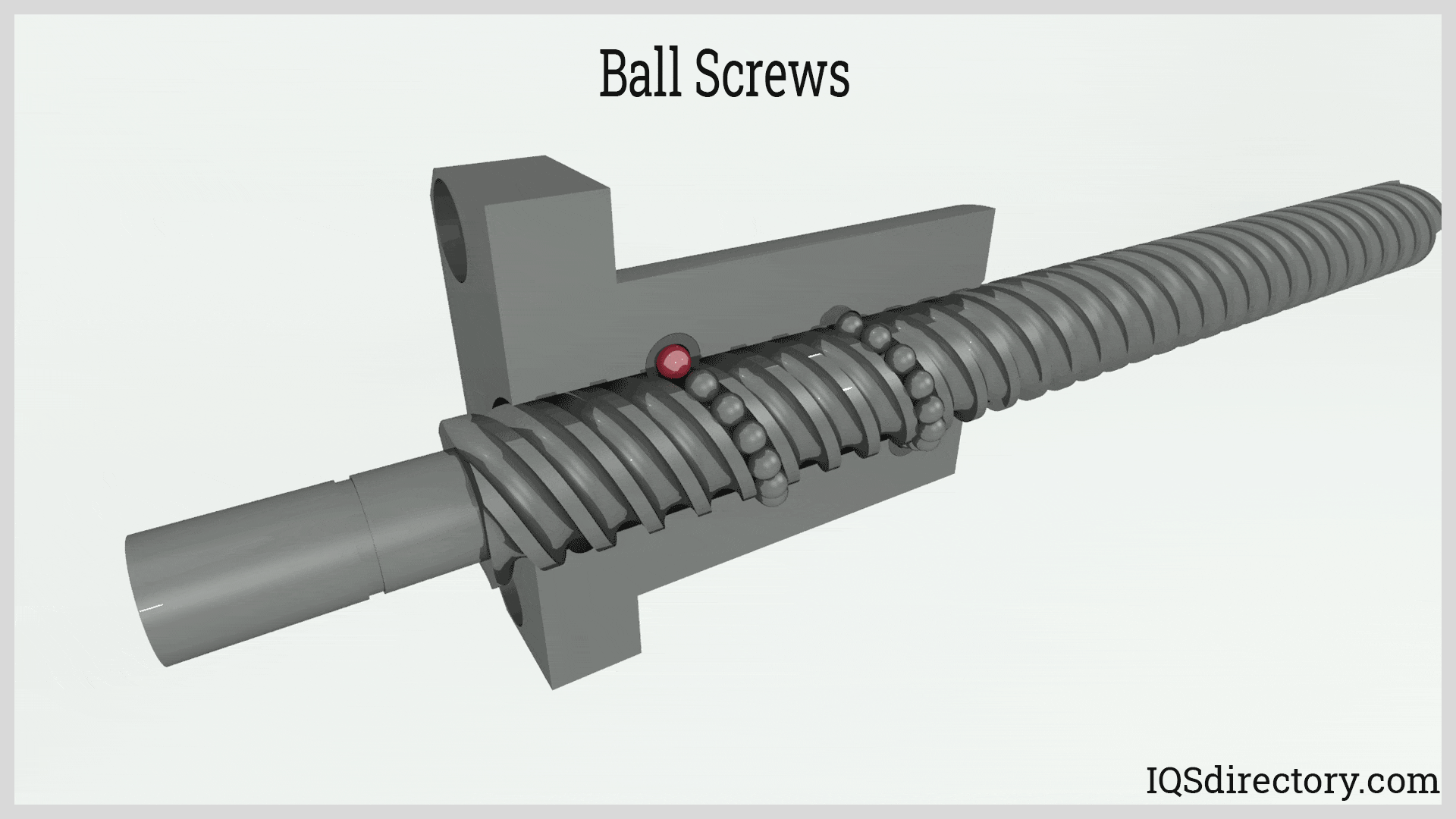
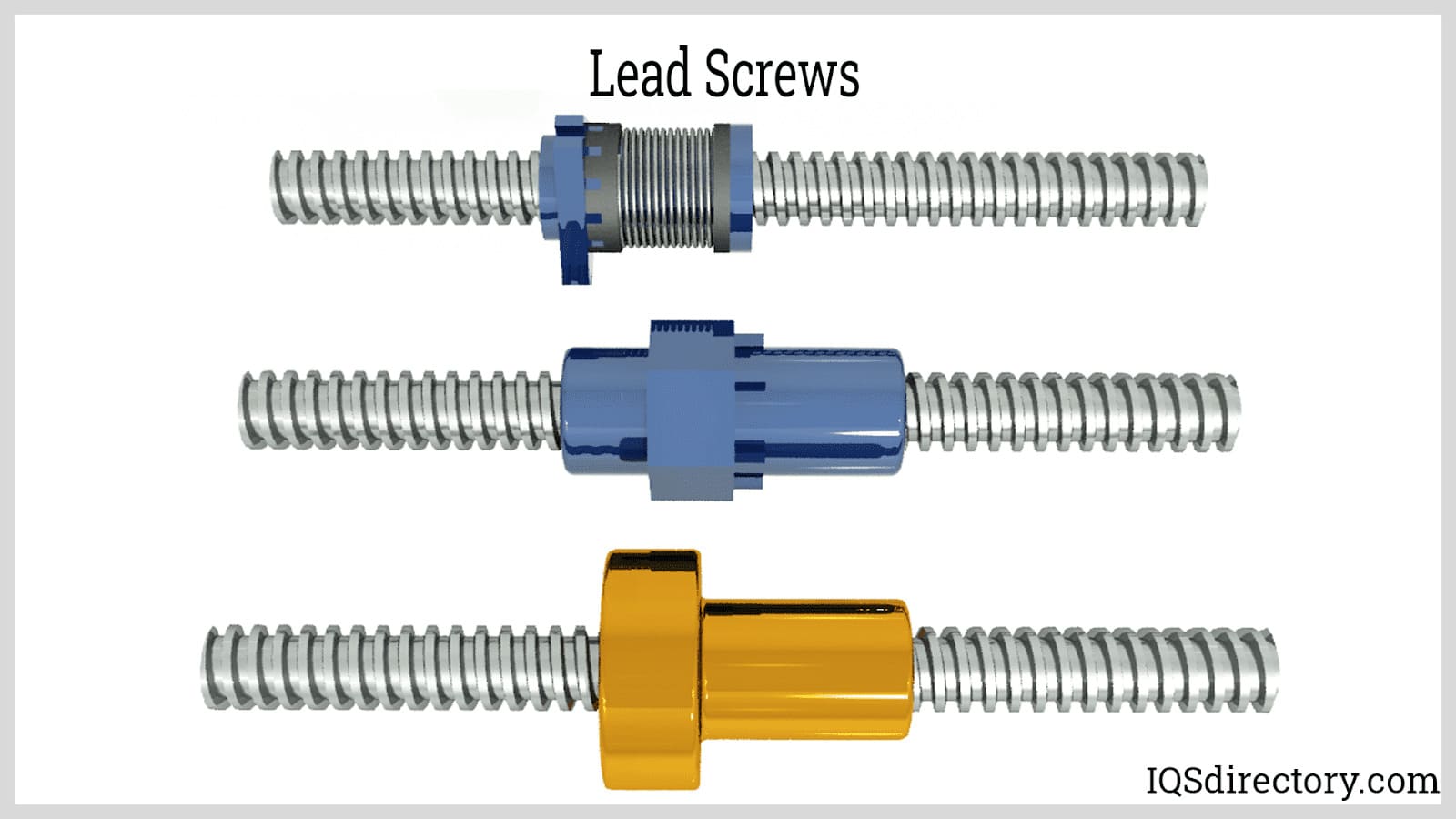
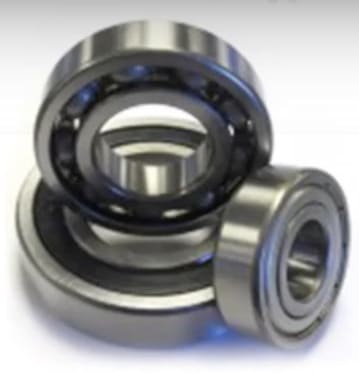 Ball Bearings
Ball Bearings Ball Screws
Ball Screws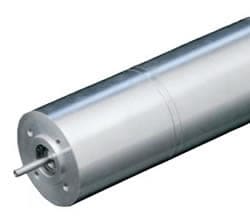 Electric Motors
Electric Motors Friction Materials
Friction Materials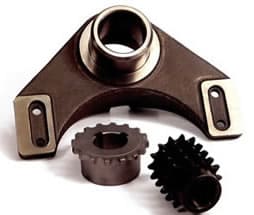 Gears
Gears Quick Release Couplings
Quick Release Couplings Shaft Couplings
Shaft Couplings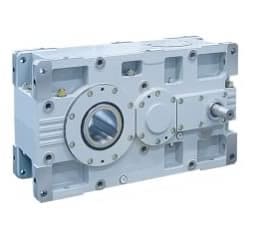 Speed Reducers
Speed Reducers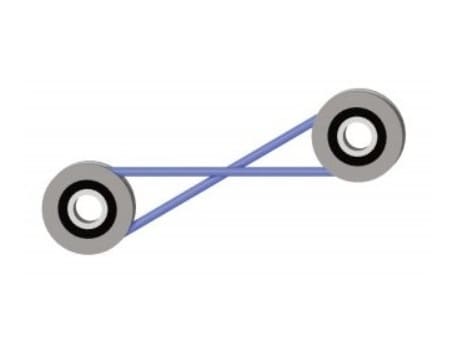 Timing Belting
Timing Belting Castings & Forgings
Castings & Forgings Bulk Material Handling
Bulk Material Handling Electrical & Electronic Components
Electrical & Electronic Components Flow Instrumentation
Flow Instrumentation Hardware
Hardware Material Handling Equipment
Material Handling Equipment Metal Cutting Services
Metal Cutting Services Metal Forming Services
Metal Forming Services Metal Suppliers
Metal Suppliers Motion Control Products
Motion Control Products Plant & Facility Equipment
Plant & Facility Equipment Plant & Facility Supplies
Plant & Facility Supplies Plastic Molding Processes
Plastic Molding Processes Pumps & Valves
Pumps & Valves Recycling Equipment
Recycling Equipment Rubber Products & Services
Rubber Products & Services